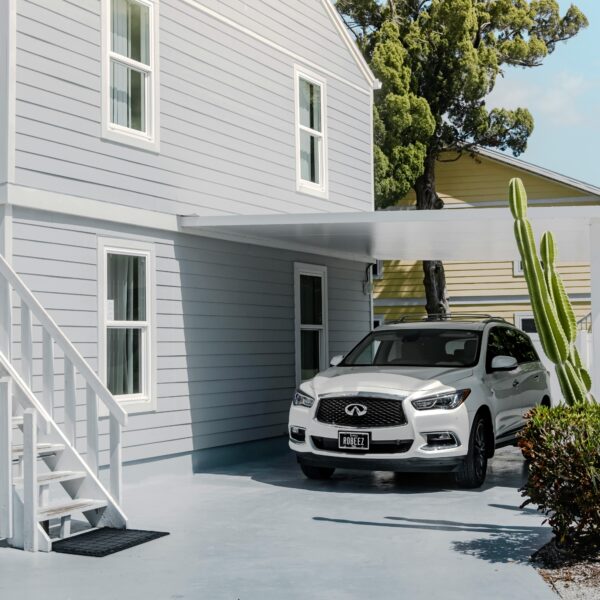Spring Gas Prices Expected to Rise with Growing Demand
As spring emerges, brace yourself for more than just sunshine and warmer weather – expect gas prices to climb too. According to AAA, the average national gas price reached $3.39 last Friday, up 8 cents from the previous week. New data from the Energy Information Administration (EIA) also shows that gas demand surged from 8.47 to 9.01 million barrels per day (b/d) last week. With gas demand rising and supply shrinking, spring gas prices have been pushed higher.
Drivers can expect to see these rising gas prices impact their wallets as they hit the road for springtime travel. The upward trend in prices is likely to continue in the coming weeks. As a result, it’s essential for drivers to budget accordingly and plan ahead for fuel costs as they embark on their journeys.
Spring gas prices on the rise as demand grows
Let’s take a closer look at how each state is being affected. Here are the latest updates, as outlined by Fox Business:
10 States with Largest Increases in Gas Prices Since Last Week:
- Ohio: +28 cents
- Missouri: +27 cents
- Kansas: +23 cents
- North Dakota: +21 cents
- Arizona: +17 cents
- Oklahoma: +15 cents
- Montana: +15 cents
- Michigan: +14 cents
- California: +12 cents
- Nebraska: +12 cents
The fuel costs in these states have already surpassed $3.40 per gallon, with several regions experiencing particularly steep increases. As data shows, the most expensive gas markets currently in the country include:
- California: $4.86
- Hawaii: $4.71
- Washington: $4.16
- Nevada: $4.09
- Oregon: $3.89
Overall, spring gas prices will likely continue to trend upward as demand grows and supply struggles to keep pace. With several states already seeing significant increases in car costs, drivers should anticipate higher prices at the pump in the weeks ahead. It’s essential to stay informed about the latest developments and plan accordingly to manage the impact on your monthly budget.
Gas costs and insurance premiums are increasing
In recent years, all auto-related expenses have been on an upward tick, but none quite as dramatically as auto insurance rates. According to a study by Jerry, car insurance rates have surged by a staggering 43% over the past three years, exceeding all other costs linked to owning a vehicle.
Specific insurance companies are implementing rate hikes more aggressively than others. For instance, Farmers Insurance recently announced an average rate increase of 17.6% across 43 states, as reported by S&P Global data. Among these states, Nebraska has been particularly hit hard, experiencing a weighted average increase of 30.4% statewide.
While navigating the spring’s fluctuating prices at the pump presents its challenges, monitoring car insurance expenses is equally crucial for drivers. Keep reading another Headlights article for practical ways to save money on cars in 2024.
















